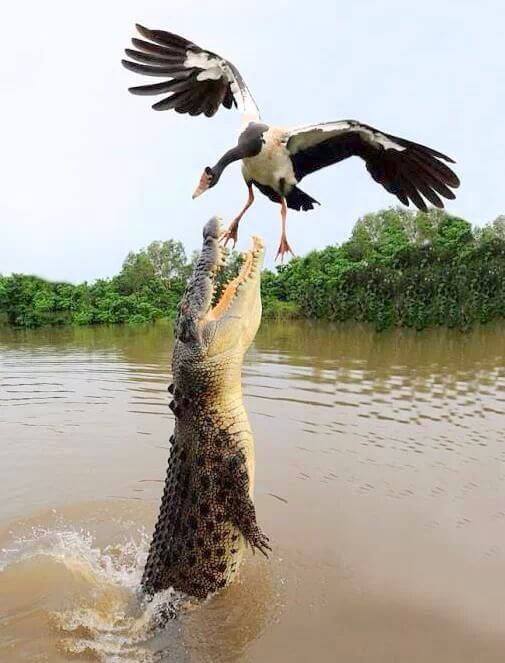Dr. Nicholas Morris – Our contributor and author

Introduction
The Democratic Republic of Timor-Leste consists of the eastern part of the island of Timor, plus the nearby islands of Alauro and Jaco, with Dili as its capital city.
Cultural remains at Jerimalai, on the eastern tip, have been dated to 42,000 years ago (Marwick et al. 2016). Descendants of Veddo-Australoid people are still believed to live in the mountainous interior.
Around 3000 BC, a second migration brought Melanesians, and proto-Malays arrived from south China and north Indochina (Magalhães 1994). Prior to European colonization, Timor was included in
Indonesian, Malaysian, Chinese, and Indian trading networks and had military ties with the Luzones of northern Philippines (Lamoureux 2004; Pigafetta 1969).
The relative abundance of sandalwood attracted European traders from the early sixteenth century, and the Timorese were a source of slaves exported to Europe and other parts of Asia (Hägerdal 2020).
Sixteen languages are indigenous to East Timor, of which 12 are closely related to each other. Tetum, an Austronesian language, is the most widely spoken.
In the 1850s, Portuguese became a more dominant language, and it remained the official language until 1975. After independence in 2002, Timor-Leste named Portuguese and Tetum its national languages.
This chapter tells the story of how a small country that was among the poorest in the world in the 1970s has been exploited by numerous larger ones. It identifies four elephants – Portugal, Japan, Indonesia, and Australia – which have in various ways abused the East Timorese population, and a fifth, China, which has provided strong support post-independence.
Timor-Leste’s early attempts at independence foundered because of a self-serving lack of support from the international community, leading to one of the worst twentieth-century examples of genocide.
That the country eventually achieved independence only occurred because of a few pieces of “good luck” – a TV crew in the right place at the right time, the Asian financial crisis, the Nobel Peace Prize being awarded to its leaders, and international public opinion saying enough is enough.

Dr. Nicholas Morris has written extensively about the difficult political, social and economic rise of East-Timor as a result of its history.
The inhabitants of Timor-Leste have lived on the island for over 40,000 years.
The first elephant, Portugal, saw them as a source of slaves and then colonized, waging war against local kingdoms and killing around 5 percent of the local population.
Even as an overseas province, little or no investment was made in healthcare, education, or infrastructure.
The second elephant, Japan, invaded during World War II, killed 10–15 percent of the population, and used Timorese women as “comfort women” for its troops.
The third elephant, Indonesia, invaded in 1975 after Portugal abandoned its colony and undertook systematic genocide and displacement of the population, killing up to 30 percent.
It was only in 2002 that Timor-Leste achieved independence. The fourth elephant, Australia, abandoned Timor-Leste to the Japanese, turned a blind eye to human rights abuses in the 1975–1999 period and sought to extract oil and gas resources from the infant nation in underhanded ways.
The fifth elephant, China, has provided support in the post-independence period.
As of today, eyesonEast-Timor.com is publishing a daily series of his hand.
Elephant 1: Portugal
- Timorese allowed Portugal to capture Waiwiku-Wehale in 1642, enhancing spread of Catholicism
- 18th century rebellions: battles of Calilaco 1727, Penfui 1749
- Portuguese Dominicans welcomed in Oecusse, colony founded in Dili in 1769
- Portugal introduced forced labour, levied heavy taxes, generated revolts, conducted military campaigns against natives, especially Manufahi
- ‘Great war’ of 1991-1912 in which 15,000-25,000 Timorese died (5% population)
- Portugal took little interest in infrastructure, social or human capital, just saw colony as source of revenue
- Became ‘Overseas Province’ in 1955; Timorese World’s poorest people in 1971; abandoned by Portugal in 1974
- But today Portugal is a trusted partner, providing Timor-Leste with considerable foreign aid and supporting it against pressures from local bullies such as Indonesia and Australia.







